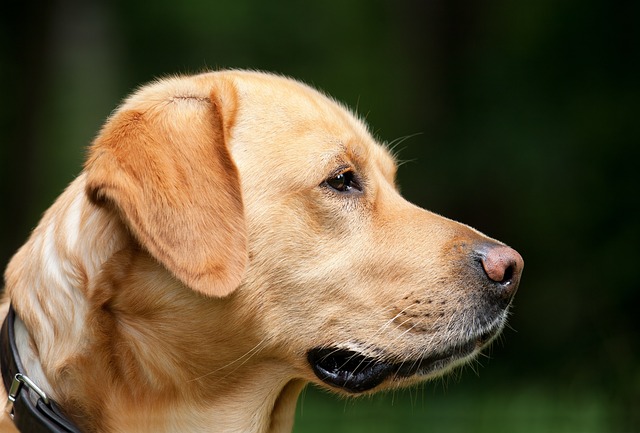
What is glaucoma in a dog?
You might notice your dog squinting more at mealtime or avoiding bright sunlight—these small changes could be early signs of a serious eye condition.
You’re sitting on the couch, and your pup curls up beside you—only to start gnawing at their paw like it’s a chew toy. At first, it’s cute, but after 10 minutes of nonstop licking, you notice their paw is red and damp. “Why won’t they stop?” you wonder. Excessive paw licking in dogs is usually a cry for help—they’re trying to soothe itchiness, pain, or irritation. But letting it go can turn bad: constant licking breaks down skin, leading to infections. The good news is, there are safe things you can put on their paws to deter the habit—without scaring or hurting them. Let’s break it down.
First, why do they lick? Dogs lick paws for lots of reasons: allergies (to grass, pollen, or even their food), dry skin, cuts, or even stress. My neighbor’s Border Collie, Max, started licking after rolling in a patch of poison ivy—his paws itched like crazy. Another friend’s Pug licks when she’s anxious (like during thunderstorms). The problem is, saliva makes paws wet, which irritates them more, so they lick even more. It’s a cycle that needs breaking. The key is to soothe the source of the irritation and make licking less satisfying.
So, what can you put on their paws? Start with vet-recommended soothing balms. Look for ones with ingredients like zinc oxide (protects skin), aloe vera (cools itch), or colloidal oatmeal (calms irritation). Brands like Vet’s Best Paw Soother work well—my cousin used it on her Lab, who licked due to dry winter paws, and within 2 days, he stopped. For dogs driven by taste, pet-safe bitter sprays (like Grannick’s Bitter Apple) can help—they hate the taste, so they’ll pause licking. Just test a tiny amount first—some dogs don’t mind the bitter, but most will pull back. Avoid anything with alcohol, menthol, or essential oils (like tea tree)—these sting or can be toxic if licked.

How to apply it? Keep it calm. Sit with your pup, offer a treat to relax them, then gently lift their paw. Dab a thin layer of balm or spray onto the paw pad and between toes—where they lick most. Reward them immediately with a favorite snack and a “Good job!” Positive reinforcement turns the process into a game; scolding will only stress them, making them lick more out of anxiety. My neighbor’s trick? She says, “Paw time!” in a cheerful voice, and Max now offers his paw voluntarily—he knows treats follow.
For apartment dwellers, check your floors: harsh cleaners or wet mopping residue can irritate paws, triggering licking. Stick to pet-safe floor sprays, and wipe paws with a damp cloth after walks to remove pollen or street grime. If your pup licks after walks, they might be reacting to grass or concrete—try shorter walks on paved paths (and always carry poop bags; fines in LA hit $250 for skipping this). When at the dog park, steer clear of areas with chemical fertilizers—they’re a common allergy trigger.
Never use punishment. Yelling or tapping their nose will make them scared of you, not stop licking. Instead, distract them with a toy when they start—redirecting their energy works better. And if licking lasts more than a few days, or paws look swollen, oozing, or bleeding? See the vet. They can check for allergies, infections, or hidden cuts—and confirm your pup’s rabies vaccine is up to date (required by law in all 50 states), since irritated skin can weaken their defenses.
Stopping paw licking isn’t about stopping the behavior—it’s about fixing why they started. With the right balm, a little patience, and lots of treats, you’ll both be relieved when that paw finally stays out of their mouth.

You might notice your dog squinting more at mealtime or avoiding bright sunlight—these small changes could be early signs of a serious eye condition.

Let’s set the scene: It’s a sweltering Phoenix afternoon—105°F outside—and you rushed your 2-year-old Lab mix, Cooper, on a quick walk to “get it over with.”

Let’s get real: You’re in your Miami apartment, watching your 3-year-old Corgi, Loki, struggle to climb the stairs to your second-floor unit.

Many dog owners brush off occasional scratching as just “dog behavior,” but persistent itching often signals something more—like a food allergy.

You might first notice your dog scratching more than usual—chewing at their paws until the fur looks thin, or rubbing their face against the couch nonstop.

Let’s be real: You’re standing in your Chicago apartment, watching your 3-year-old Beagle, Max, huff and puff just to climb onto the couch.